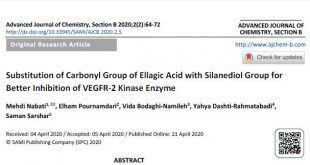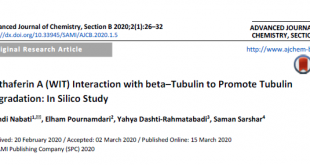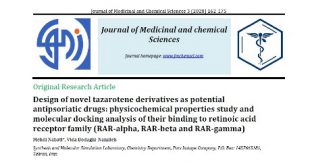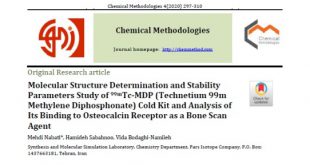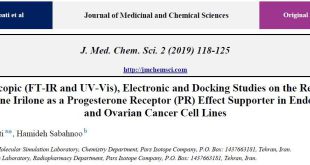FPTT for PET scan of breast cancer
Breast cancer is a complicated, heterogeneous disease, mostly accompanied by symptoms such as a mass in the breast, changes in breast shape, size and color, pain in breast or nipple, fluid discharge from the nipple, inverted nipple, dimpling or irritation of the skin. Age, sex, alcohol consumption, dietary factors, ionizing radiation, genetic factors and prior history of cancers are all among various factors affecting an individual’s predisposition to breast cancer. Breast cancers are put into different categories based on several grading systems which determine their prognosis and treatment. There are several well established approaches in treatment of breast cancer namely, radiation therapy, surgery, hormone therapy, chemotherapy and targeted therapy as well as a combination of these options. Breast cancers are either ductal or lobular carcinoma (classified by their histopathology and origin) and could be in situ and limited to one specific tissue without invading the surrounding tissues or could be invasive and spread to other tissue compartments in different regions of the body. In addition, assessment of differentiation degree defined as histological tumor grade categorizes breast cancer into low grade (well differentiated cells), intermediate grade (moderately differentiated) and high grade (poorly differentiated). The main stages of breast cancer based on TNM system (Tumor, Node, Metastasis) include stage 0 (pre-cancerous), stages 1-3 (limited to the breast or surrounding lymph nodes) and stage 4 (metastatic). Breast cancers are further determined by the manifestation of three major receptors including estrogen receptor (ER), progesterone receptor (PR), and HER2. Accordingly, in ER positive cancer cells, treatments target estrogen receptors whereas HER2 positive cancers respond to monoclonal antibodies. Progesterone is a steroid and sex hormone involved in hormone response regulation in the reproductive tract and breast tissues. Progesterone collaborates with estrogen to induce proliferation in the breast. Consequently, over-expression of PR in breast cells contributes to pathogenesis of breast cancer and is a subject of focus in many breast cancer treatment regimens. Early detection of breast cancer is of significant importance in management of this disease and greatly affects prognosis and survival rate as well as patient’s quality of life. Over the past few years, molecular imaging as a non-invasive and safe procedure has been considered for detection and early treatment of breast cancer. Furthermore, the utilization of a PR targeting probing agent in detection and PR positive breast cancers has come into attention in several studies. In a study by Fei Gao et al., a novel probing agent 1-(17-[18F]fluoro-3, 6, 9, 12, 15-pentaoxaheptadecyl-1 H-1, 2, 3-triazole) testosterone ([18F]-FPTT) constituted of modified ethisterone, a progestin with naturally high affinity for PR, labelled with 18F, a convenient radionuclide for PET imaging, was synthesized and evaluated in detection of PR-positive breast cancer. Although, the synthesis procedure and tumor uptake has been extensively elucidated in this study, the exact structural interaction between this compound and progesterone receptor is yet to be analyzed.
In 2018, Dr. Mehdi Nabati and Dr. Vida Bodaghi investigated molecular compound-receptor interactions using computational chemistry and docking methods. They predicted the pharmacokinetic behavior and physiochemical attributes of the title compound utilizing swissADME web tool. Their docking analysis of the ligand-receptor complex showed the steric interactions play the main role in this complex formation. Also, the progesterone receptor (PR) residues containing Arg 899 [B], Phe 895 [A], Phe 895 [B], Ser 898 [B], Ser 910 [A], Ile 896 [A], Ser 898 [A], Ile 896 [B], Val 903 [B], Glu 911 [A], Ser 902 [B], Arg 899 [A] and Glu 904 [B] are the major amino acids participating in the ligand-receptor complex formation.
For more information about FPTT for PET scan of breast cancer, please read the following article:
 Iranian Chemist شیمیدان ایرانی
Iranian Chemist شیمیدان ایرانی
